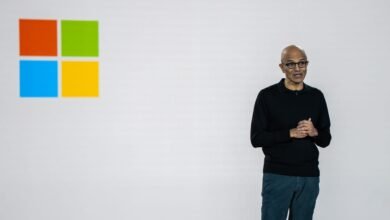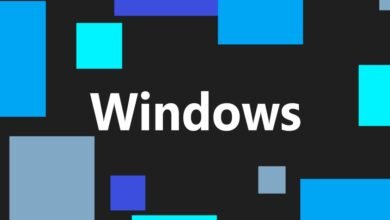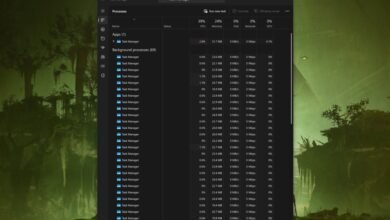Bring Your Desktop to Life: Windows 11 Adds Video Wallpapers

▼ Summary
– Microsoft is testing video wallpaper functionality in Windows 11, allowing MP4 or MKV files as desktop backgrounds.
– This feature resembles third-party apps like Wallpaper Engine and plays videos whenever the desktop is viewed.
– Microsoft previously offered video wallpapers in Windows Vista as DreamScene but removed it in Windows 7.
– Video wallpapers are highly requested, with Wallpaper Engine often ranking among Steam’s top 10 most used apps.
– Microsoft had been developing dynamic animated wallpapers for Windows 11, but they were not included in the 2023 release.
Microsoft is currently trialing a new feature that lets users set video files as their desktop backgrounds in Windows 11, bringing a dynamic visual experience to the operating system. This long-awaited capability allows MP4 and MKV files to play continuously whenever the desktop is visible, offering a fresh layer of personalization without relying on external software.
The introduction of video wallpapers marks a return to functionality that Microsoft previously offered with Windows Vista’s DreamScene feature, which was exclusive to the Ultimate edition. That option was discontinued with the release of Windows 7, leaving a gap that third-party applications like the popular Wallpaper Engine have filled ever since. The persistent demand for animated backgrounds is clear, Wallpaper Engine frequently ranks among Steam’s top ten most-used applications, demonstrating just how many people want their desktops to feel alive.
For several years, Microsoft has been experimenting with various forms of animated and dynamic wallpapers for Windows 11. Earlier this year, concept designs gave a glimpse of what these might have looked like, though the planned 2023 release never materialized in the final version of the OS. Now, with video wallpaper support appearing in recent Insider builds, it seems the company is finally moving forward with integrating this visually engaging feature directly into Windows.
(Source: The Verge)





